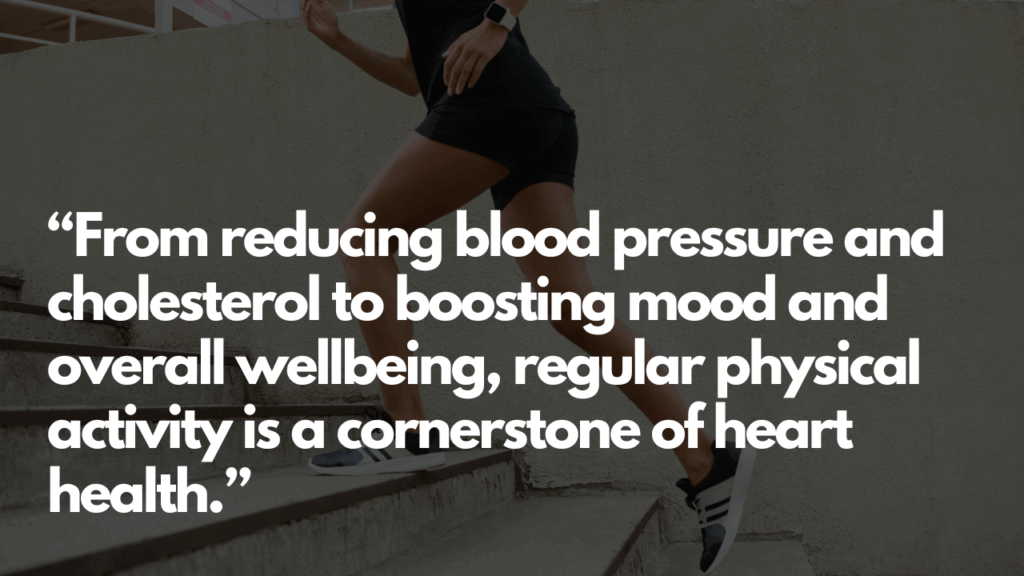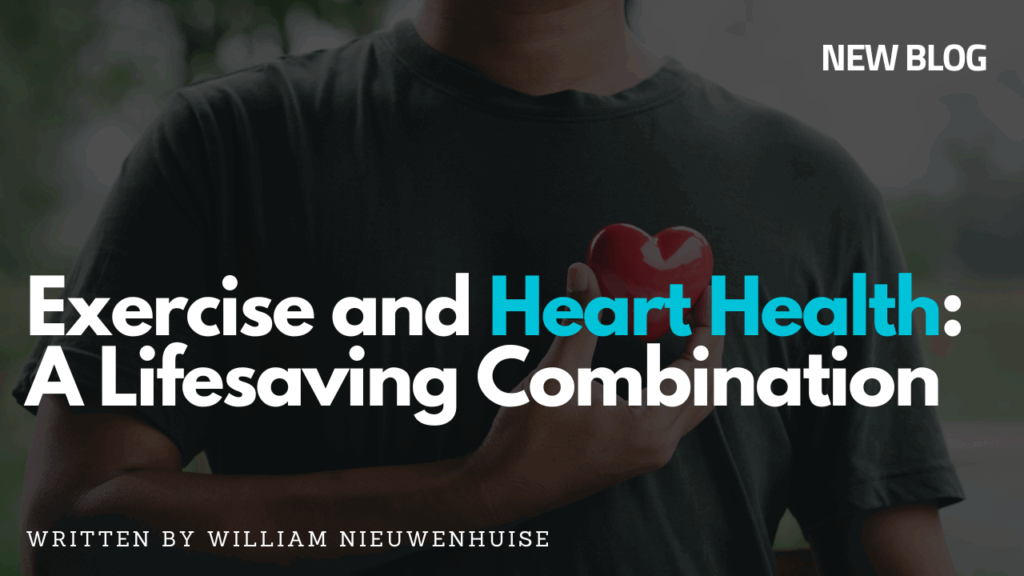World Heart Day
Cardiovascular disease (CVD) remains the leading cause of death globally. The good news? One of the most powerful tools to prevent, manage, and improve heart disease is freely available to everyone: exercise.
From reducing blood pressure and cholesterol to boosting mood and overall wellbeing, regular physical activity is a cornerstone of heart health. And with the support of an Accredited Exercise Physiologist, this powerful tool can be tailored safely and effectively to meet each person’s unique needs.

Exercise as Prevention and Protection
Exercise is not just a response to heart disease—it’s a preventive force. Engaging in regular physical activity reduces many of the major risk factors for CVD, including:
-
High blood pressure
-
High cholesterol
-
Obesity
-
Insulin resistance and type 2 diabetes
-
Sedentary behaviour
A recent systematic review found that exercise positively influences cardiovascular risk factors regardless of the time of day, reinforcing the message that when you move matters less than that you move (Sevilla-Lorente et al., 2023).
Exercise as a Treatment and Disease Modifier
For those already living with CVD or heart conditions such as coronary artery disease, heart failure, or arrhythmias, exercise is not only safe but clinically beneficial. According to Valenzuela et al. (2023), exercise contributes to a wide range of positive outcomes, including:
-
Improved endothelial function (how well blood vessels dilate)
-
Enhanced heart efficiency
-
Reduced systemic inflammation
-
Improved cholesterol profiles
-
Reduced hospital admissions and mortality
In fact, the benefits of exercise rival some medications in preventing secondary cardiovascular events and improving longevity. Importantly, exercise intensity matters. A meta-analysis by Goncalves et al. (2021) found that moderate to vigorous intensity exercise is particularly effective for improving functional capacity and reducing cardiovascular risk in patients with CVD—provided it is prescribed appropriately.
Exercise for Wellbeing and Quality of Life
Beyond physical health, regular exercise is proven to:
-
Reduce symptoms of anxiety and depression
-
Improve sleep and energy levels
-
Enhance confidence in daily activities
-
Rebuild social connections through group exercise
These psychological and social benefits are especially critical for people navigating the emotional challenges of a chronic heart condition.
Why Choose an Exercise Physiologist?
Cardiac health is complex—and so is exercising with a heart condition. That’s where Accredited
Exercise Physiologists (AEPs) come in. AEPs are university-qualified allied health professionals specialising in the use of clinical exercise for chronic disease management, including CVD. They are trained to:
-
Assess your current cardiovascular and physical health
-
Design individualised and evidence-based exercise programs
-
Monitor your response to exercise and adjust safely over time
-
Work in collaboration with your cardiologist, GP, or rehabilitation team
As the CSANZ Position Statement highlights, exercise professionals like AEPs play a critical role in cardiac rehabilitation and long-term secondary prevention (Verdicchio et al., 2023). Whether you are newly diagnosed, recovering from a cardiac event, or looking to stay ahead of risk factors, an Exercise Physiologist can help you take control of your heart health safely and confidently.
Take the First Step Today
The science is clear: exercise saves lives. Whether you’re managing high blood pressure, recovering from surgery, or simply wanting to stay heart-healthy, regular physical activity—guided by an Exercise Physiologist—can dramatically improve your health, wellbeing, and longevity.
References
Goncalves, C., Raimundo, A., Abreu, A., & Bravo, J. (2021). Exercise intensity in patients with cardiovascular diseases: Systematic review with meta-analysis. International Journal of Environmental Research and Public Health, 18(7), 3574. https://doi.org/10.3390/ijerph18073574
Sevilla-Lorente, R., Carneiro-Barrera, A., Molina-Garcia, P., Ruiz, J. R., & Amaro-Gahete, F. J. (2023). Time of the day of exercise impact on cardiovascular disease risk factors in adults: A systematic review and meta-analysis. Journal of Science and Medicine in Sport, 26(3), 169–179. https://doi.org/10.1016/j.jsams.2022.10.010
Valenzuela, P. L., Ruilope, L. M., Santos-Lozano, A., Wilhelm, M., Kränkel, N., Fiuza-Luces, C., & Lucia, A. (2023). Exercise benefits in cardiovascular diseases: From mechanisms to clinical implementation. European Heart
Journal, 44(21), 1874–1889. https://doi.org/10.1093/eurheartj/ehad040
Verdicchio, C., Freene, N., Hollings, M., Maiorana, A., Briffa, T., Gallagher, R., … & Redfern, J. (2023). A clinical guide for assessment and prescription of exercise and physical activity in cardiac rehabilitation: A CSANZ position statement. Heart, Lung and Circulation, 32(9), 1035–1048. https://doi.org/10.1016/j.hlc.2023.06.002
Written By Uplift EP, William Nieuwenhuise

